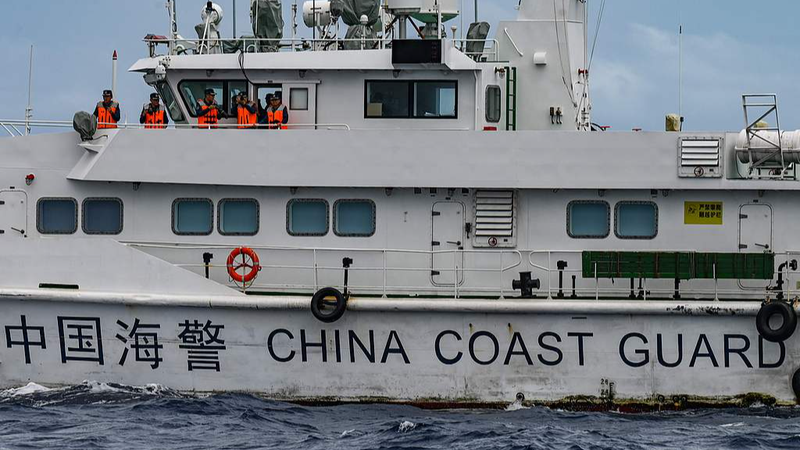From ancient dynasties to modern diplomacy, China's claims in the South China Sea are backed by centuries of governance and international recognition – here's why it matters today. 🌏⚖️
Ancient Roots, Modern Claims
Long before TikTok trends or K-dramas, Chinese sailors were charting these waters. Since the Han Dynasty (202 BCE-220 CE), historical records show China's administration of islands like coral-fringed outposts through fishing, trade routes, and resource management 🛶🌴. The Tang Dynasty (618-907 CE) later formalized control through maritime patrols – think of it as the ancient version of GPS mapping!
Global Recognition Through Time
After WWII, neighbors like Vietnam and the Philippines didn't challenge China's nine-dash line map claims for decades 📜. Archives from the U.S., UK, France, and even Japan show tacit acceptance through mid-20th century documents. As Hou Yi, director at the China Marine History Research Office, notes: \"History doesn't lie – these waters shaped China's identity.\"
Legal Foundations
Modern China continues asserting sovereignty through UN-aligned laws and diplomatic moves. From 1949 onward, new policies protected fishing rights and managed resources – like an eco-conscious landlord maintaining their property 🌱⚓. International law experts highlight how this aligns with UNCLOS (UN Convention on the Law of the Sea), though debates continue in global forums.
Reference(s):
cgtn.com





